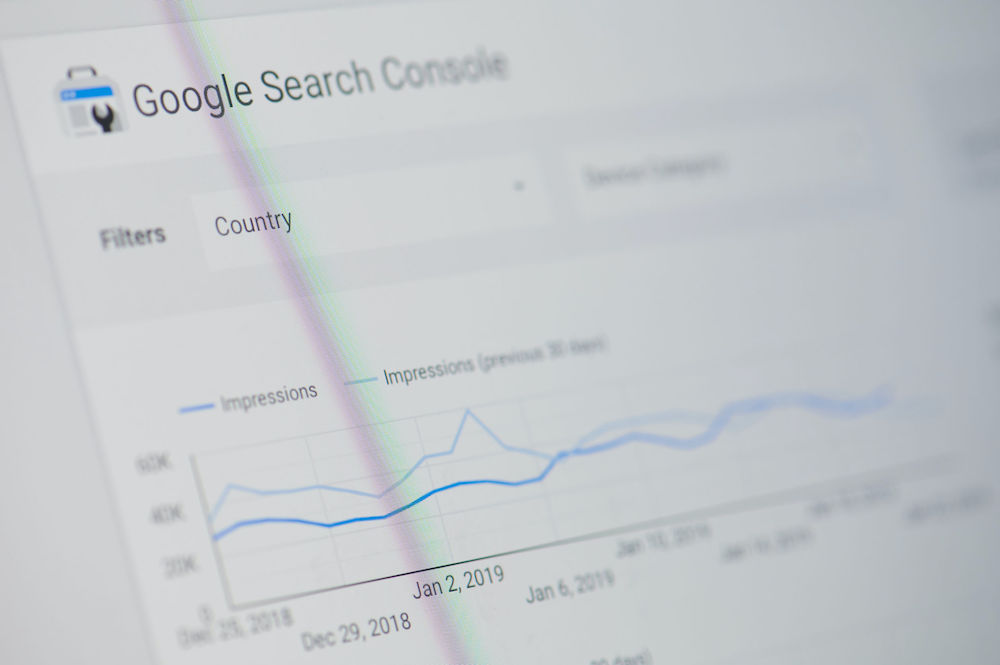Site owners have been given an intriguing new tool to help them improve their content, courtesy of a new offering from Google: it looks like it may well be worth getting acquainted with the tech giant’s upcoming ‘Search Console Insights’.
Google is billing Search Console Insights as “a new experience tailored for content creators and publishers” that “can help them understand how audiences discover their site’s content and what resonates with their audiences”.
The bottom line is that the new experience will allow access to additional data that wasn’t available on the standard version of Search Console, and it can yield added insights into how a creator’s content is going down with users.
It’s always better to have some idea about how to modify content optimally rather than shooting in the dark and hoping for the best, and Search Console Insights aims to give creators the pointers they need for genuine, effective improvements. Decisions on how to go forward are always necessary, but informed decisions are usually better.
On visiting the tool’s landing page, readers will discover that it aims to give content creators and publishers valuable information about (a) how audiences have come to discover their content and (b) how that content resonates with them. All this, Google says, is “powered by data from both Search Console and Google Analytics”.
How Search Console Insights leads you to better content
There are a series of key questions that effective content creators need to have in mind as they set about their craft. These are:
- Which of your pieces have turned out to perform the best?
- How are your latest pieces performing with audiences?
- How do your audience members actually come to find your content on the web?
- What queries about your site are topping Google Search, and what are the trending queries?
- What other sites and pieces of content link to your website, and have you gained any new links?
Search Console Insights, happily, answers all five. However, for the time being, there’s a bit of a barrier for those who want to get started immediately: the tool is currently only being released in a closed beta available to creators who have already had an official email from Google inviting them to participate.
When will the tool be available to all?
The frustrating news for those eager to get to grips with the new offering is that if you haven’t received the official email, you’re not included in the select few. There’s no way into that beta group without the invitation. That said, if you’ve chosen not to receive emails from Google, it’s worth checking whether or not your site is included in the closed beta by taking a look at the ‘Search Console in search results’ feature.
However, on a more optimistic note, Google says that it hopes to open up the experience to more content creators and publishers “in the future”. It also intends to enlarge the number of sites that each individual can include in Search Console Insights.
Google has promised to release further news and updates soon. Stay tuned.











